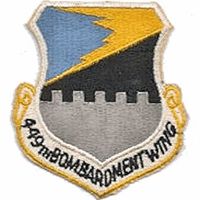Mount Suribachi is the highest point where?
Mount Suribachi is a 169 meter (554 foot) high mountain at the southwest end of the island Iwo Jima in the northwest Pacific Ocean. The mountain's name derives from its shape, resembling a suribachi or "grinding bowl." It is also known as the "Mount Pipe", since the sulfur gas and water vapor that rolls in from the summit, alongside the rest of the island, give the appearance of a smoking pipe when viewed from the sea.
Geologically, the mountain was formed by volcanic activity. It is thought that the mountain is a dormant vent to a still active volcano. From 1889 to 1957, the Japanese government recorded 16 eruptions on the peak. One eruption lasted for 65 minutes, and created a crater with a diameter of 35 meters and a depth of 15 meters on the runway near the former World War II airfield. Most recently, the Japanese Meteorological Agency reported that on May 2, 2012, a small eruption caused water discoloration to the northeast.
In February 1945, United States Marines invaded the island and initiated a major battle. For the United States, Iwo Jima was an important strategic point between the United States and mainland Japan, a status that resulted in severe fighting that took the lives of nearly 7,000 Americans and 20,000 Japanese.
More Info:
en.m.wikipedia.org









